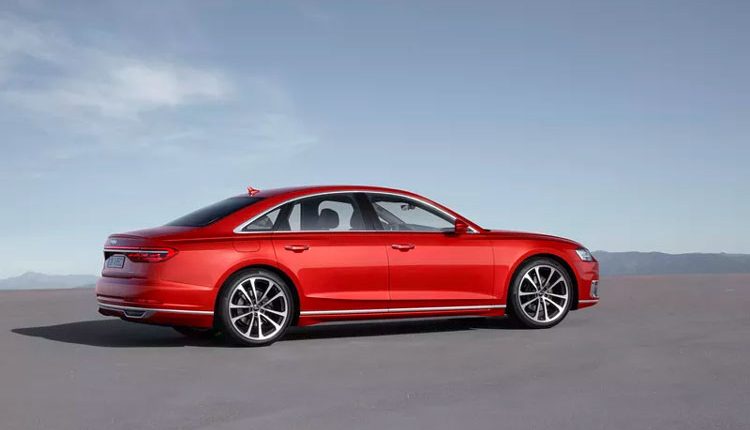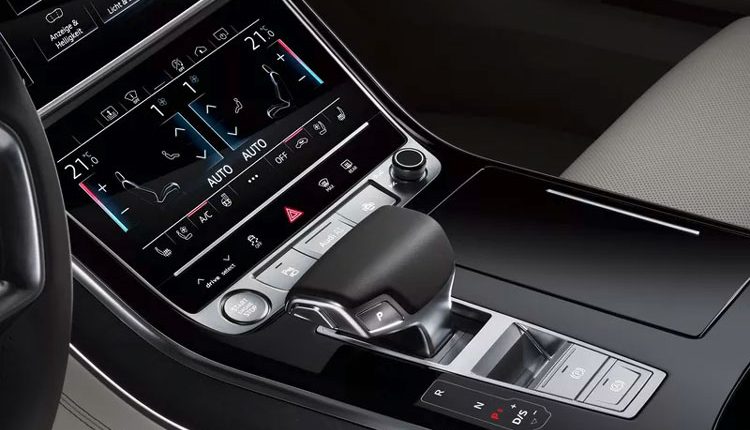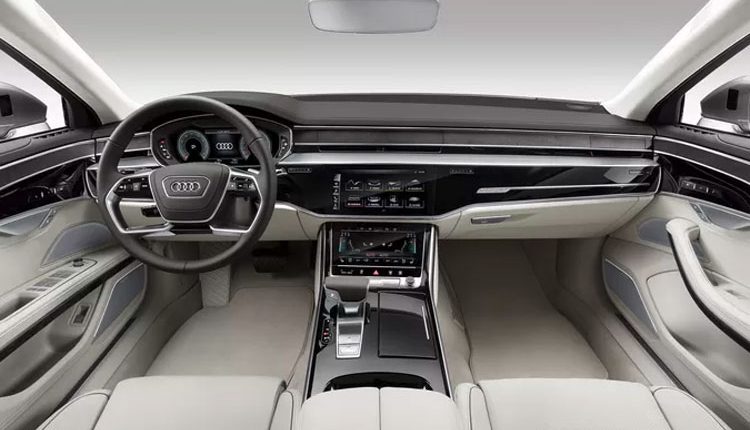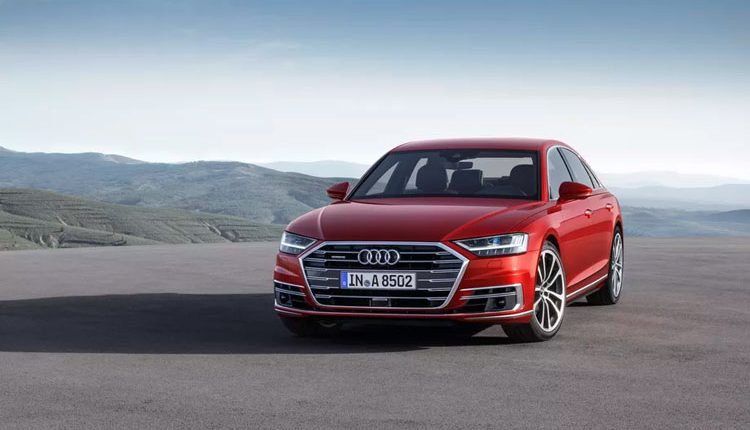The First Production Vehicle With Level 3 Autonomy
In Barcelona, Audi has just unveiled its A8 luxury sedan and the car is brimming with high-tech features. There’s a brand-new infotainment system, fully active electric suspension, and a mild hybrid engine.
But at the top of the list is Audi’s claim that the A8 is the first production vehicle with Level 3 autonomy, which would make it one of the most highly automated cars on the road when it goes on sale next year. Moreover, Audi is the latest carmaker to double down on self-driving software in the race to bring a fully autonomous vehicle to market.
In Audi’s parlance, the A8’s autonomous features translate as the ‘AI traffic jam pilot’, meaning the car can take control of the driving in slow-moving traffic at up to 60kph. The system is activated by a button on the center console, and it can take over acceleration, braking, steering, and starting from a dead-stop, all without the driver paying attention.
Let that sink in for a second. Using a combination of LIDAR (another first for a production car, Audi claims), a front-facing camera, radar, and ultrasonic sensors, Audi said the A8 is capable of driving all by itself at speeds of up to 37mph. There are a couple caveats, obviously. The traffic jam pilot only works on highways with a physical barrier separating oncoming traffic, and the use of the system is subject to the laws of whichever jurisdiction you’re driving through. So bone up on the rules of the road before pressing that button.
Audi is actively encouraging its drivers to test out the A8’s new self-parking feature from outside the vehicle.
This would put Audi far ahead of competitors like Mercedes-Benz, Tesla, and Cadillac, which all have semi-autonomous driving assist systems on the market, but also all require some level of driver attention and engagement with the steering wheel. Audi is saying that drivers can take their hands off the steering wheel ‘permanently’ while the traffic jam pilot is engaged, which is sure to raise concerns from regulators and safety advocates. Automakers and tech companies are currently debating among themselves about how much autonomy the driving public can currently handle, and the release of the A8 is sure to send those talks into the stratosphere.
Audi said it is rolling out this feature “gradually,” but isn’t going into much detail about what that means. The automaker, which is owned by Volkswagen, said it will be adopting “a step-by-step approach to the introduction of the traffic jam pilot in production models.”
I assume that means you shouldn’t expect to flip on the highly automated system as soon as you drive out of the dealership. Audi likely wants to avoid a situation like what Tesla confronted when it first rolled out its semi-autonomous Autopilot system, where drivers uploaded videos of themselves sitting in the backseat while their cars drove themselves.
That said, Audi is actively encouraging its drivers to test out the A8’s new self-parking feature from outside the vehicle. Using the MyAudi smartphone app, drivers can remotely summon or park their car while watching a live display on their device using the A8’s 360-degree camera. “The driver need not be sitting in the car,” Audi said.
Audi showed off a version of its self-parking feature back in 2013 at CES. Back then, an Audi A7 was guided by an array of laser scanners embedded in the parking garage that communicated to the car over Wi-Fi, keeping it abreast of its precise location and any obstructions nearby.
The A8’s ability to self-park in a setting without embedded sensors communicating with the car speaks to how much progress Audi has made with this feature.
Another interesting feature is the A8’s 48-volt active, electromechanical suspension platform. Depending on the driver’s wishes and the driving situation, it is capable of raising or lowering each wheel separately with electric actuators.
This becomes extremely handy in a crash situation. In combination with front-facing camera, the car can be raised “with lighting speed if there is an impending lateral collision,” Audi said, reducing the potential consequences of the accident for all occupants.
Audi’s new MMI infotainment system features multiple touchscreens with haptic feedback that physically and audibly click when touched. Drivers can also use voice control to get directions or select a particular song. Audi powers its infotainment systems with Nvidia Tegra 3 quad-core processor, as well as 4G LTE and WiFi.
Audi has been working with graphics card processor Nvidia on self-driving technology and has plans to begin selling Level 4 autonomous vehicles by 2020. In the meantime, the A8 is a big step forward in advanced driving technology, and it’s sure to be a strong competitor for Tesla Model S and Mercedes S-Class vehicles in the luxury market.





Comments are closed, but trackbacks and pingbacks are open.